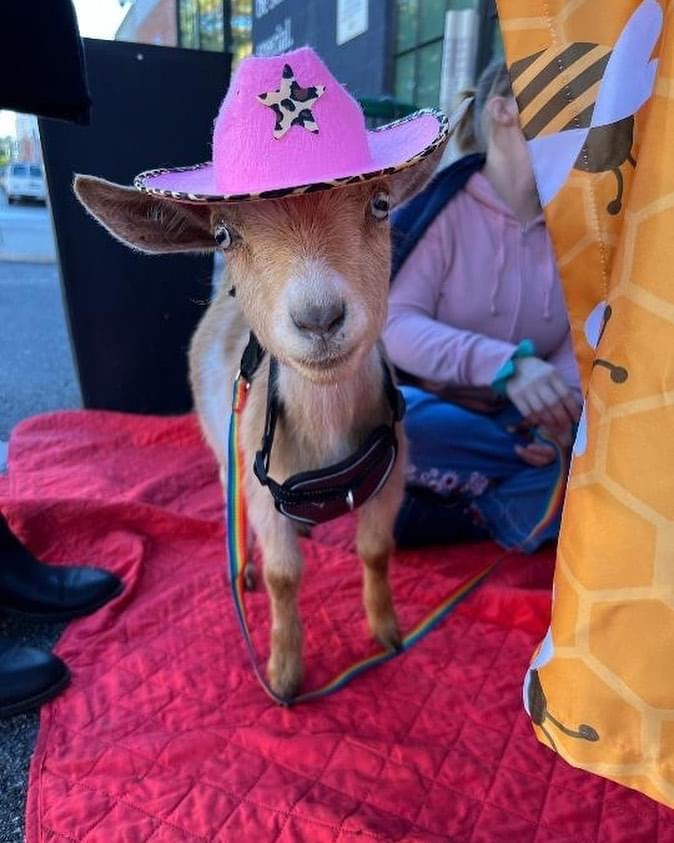Animal Corner with Charles: The Nigerian Dwarf Goat
All 11 of our goats at Filbert Street Garden are Nigerian Dwarf Goats. The breed is a “dairy breed” of domesticated goat that comes from the West African Pygmy Goat. The breed hit American shores during the Great Depression in the mid-1930s as a milk alternative that was less expensive than cows, but did not become widespread. The breed has been popular in American zoos.
Here are some facts about the breed!
1. Nigerian Dwarf Goats and their Pygmy Goat cousins are the two miniature goat breeds.
2. The Nigerian Dwarf Goat has been cross bred with shaggy Angora goats to create “Nigora” goat. They produce a cashmere-type of fabric.
3. All goats typically have twins, but among the Nigerian Dwarf Goat breed triplets and quadruplets are common.
4. Nigerian Dwarf Goats are among the most popular livestock show breeds and are a popular companion animal.
5. Only miniature breeds are allowed in Baltimore City. Goats require a permit.
6. Cheese is currently the oldest goat at 6.5 years old. They can typically live up to 15 years.








